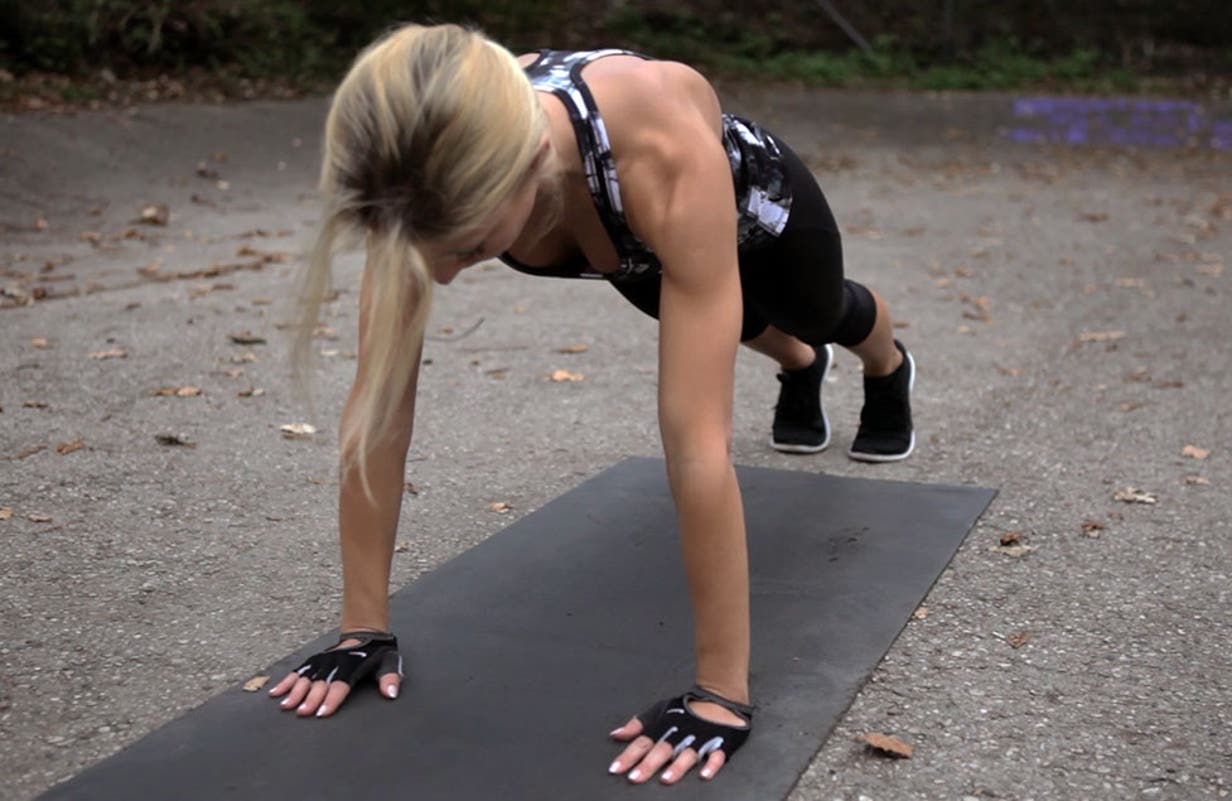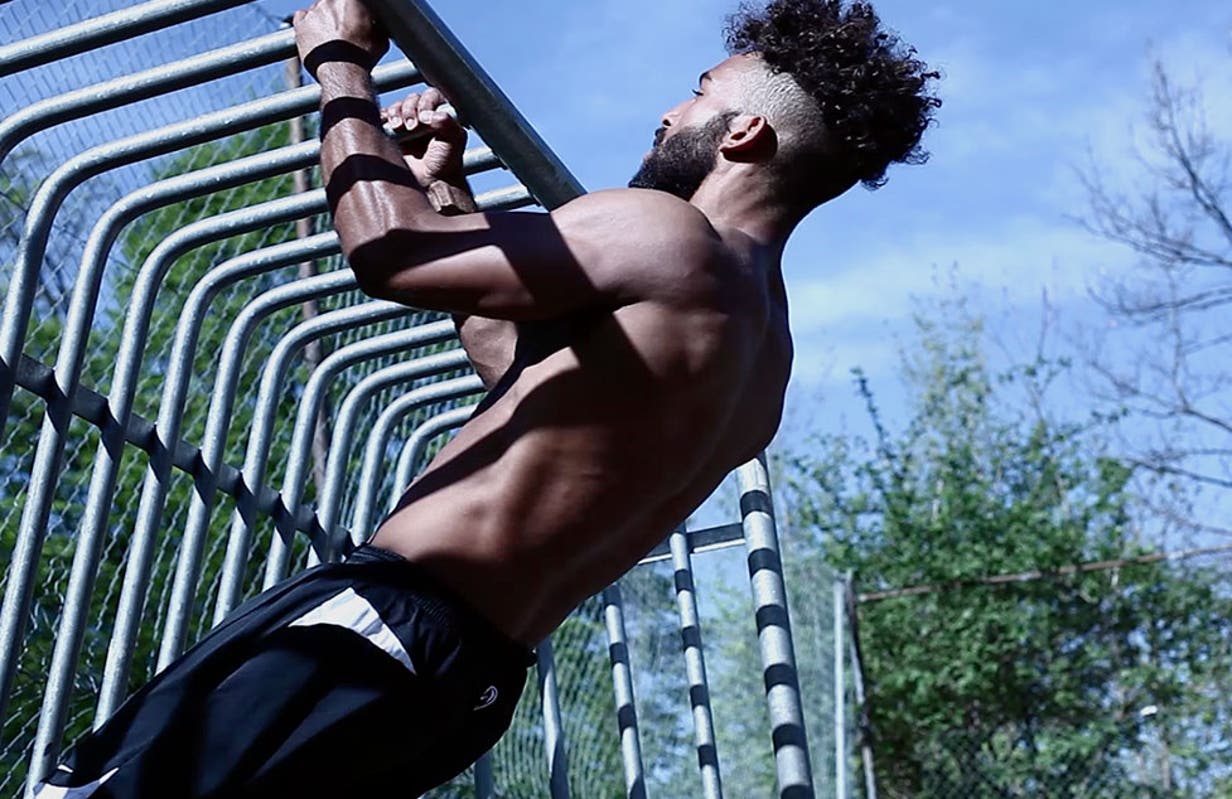Practice is brutally honest, involves failure and will leave you frustrated, annoyed and at times disheartened. Still, whether we want to admit it or not, everyone knows that practice really does make perfect. And after years of failing to appreciate its importance, now is the time to finally listen to what our teachers and parents preached for so long – because they were right!
Your passion for continual growth and improvement starts here. Discover how to change your outlook on “practice” and finally start using it as a tool for success.

Step 1: Give your practice a goal
Think practicing is an aimless waste of time? As with everything, it’s only aimless if you’re not aiming for something. #duh. Each time you step onto the training ground you must have a reason to be there. What most people fail to realize is that practice can have a goal too. For example, being able to reach a new stretch, doing one more perfect pushup than yesterday, or discovering a weak muscle group you now need to strengthen. Setting a goal is the only way you avoid feeling as though you’ve wasted time and instead leave the training ground knowing you’ve worked on something.
Step 2: Learn how and what to practice
It’s not just how often you practice but also what and how. Technique is the first thing to start with, because it’s fundamental for every exercise – be it resistance training, bodyweight or even running. Don’t focus on the velocity, but only on the right execution. Bad form can cause both acute and chronic injury. Even if you don’t feel it when you actually perform the exercise, after some time doing the incorrect execution, it can have tremendous consequences on your body. Performing exercises the wrong way puts stress on other parts of your body and takes stress off of the muscles it should be targeting. Therefore the workout is less effective or even counterproductive and painful. By making your muscles “strong” the wrong way, you’re actually making your body weaker and vulnerable. So it’s best to ease up on reps and focus on the form first.
Step 3: Speak your body’s language
With practice, it’s important you allow yourself to learn along the way. This can only be done by listening to your body and paying attention to how it reacts to certain movements. During technique training you should drown out all background noise and focus only on your movement. Try to figure out things like, which muscle is weaker and needs to be strengthened? Or, is it my balance, flexibility and coordination skills that need to be improved? Focusing on an exercise over time teaches your brain to use the correct muscles and skills, and adapt them to achieve the desired movement. This communication between mind and body never happens first time round. That’s why you need practice.

Practice is the stepping stone which leads you safely from failure to success. So set your goal, learn what and how, and listen to your body’s strengths and weaknesses.
And always remember, no matter how good you may consider yourself at something, you still need to practice. If you can’t do something first time round, you practice. If you can do something well, over and over again, you still practice. Because overtime, you use it or lose it.